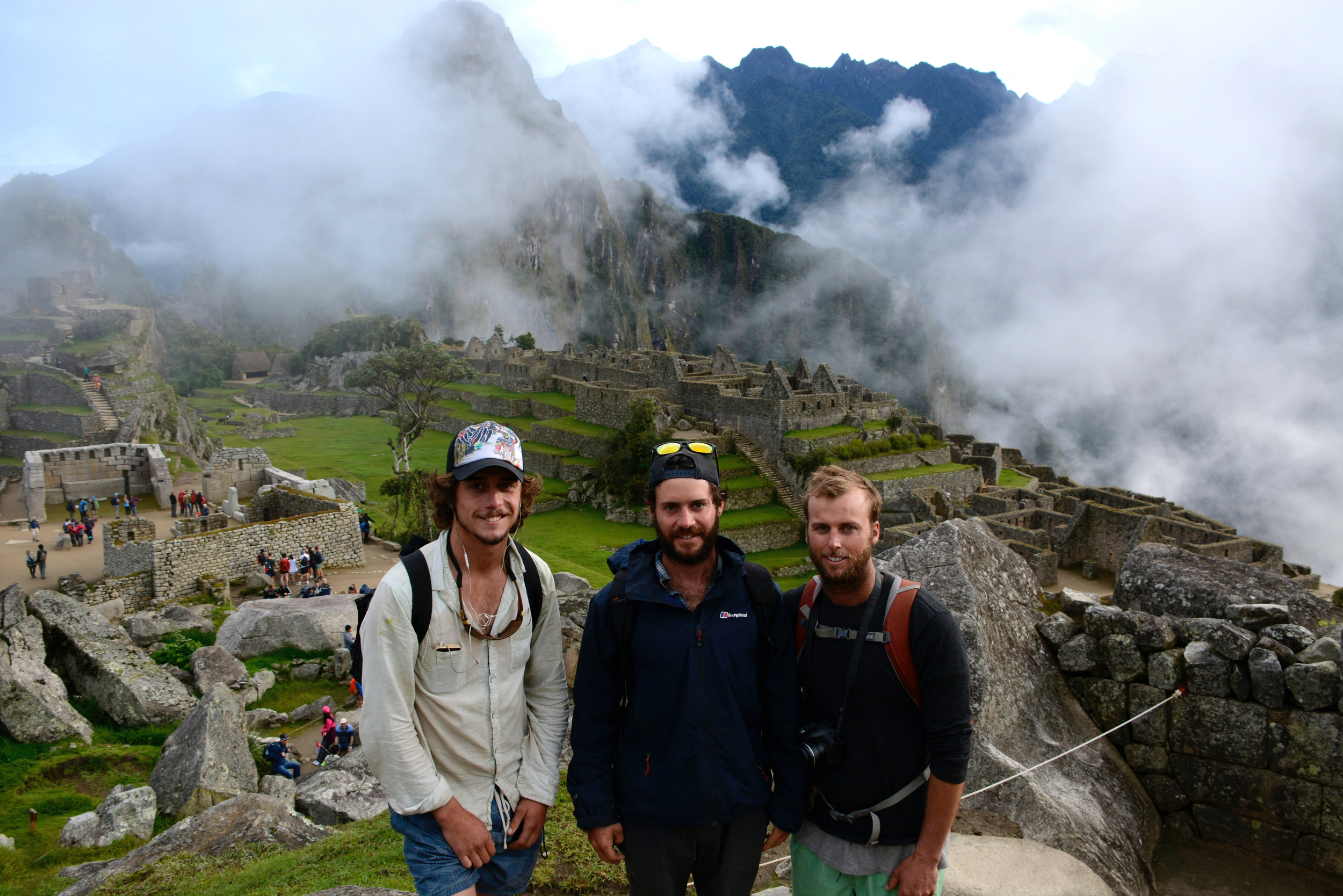
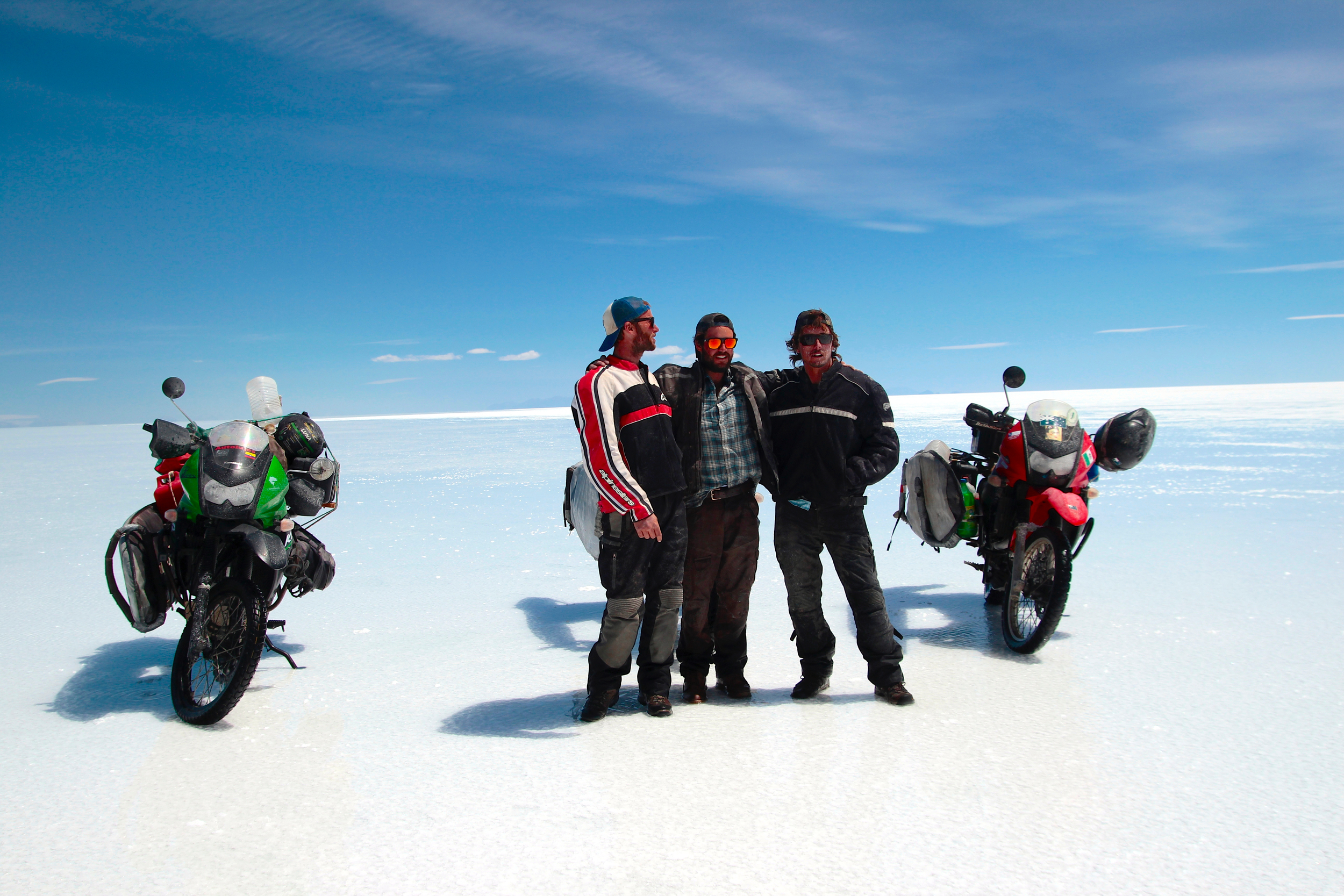
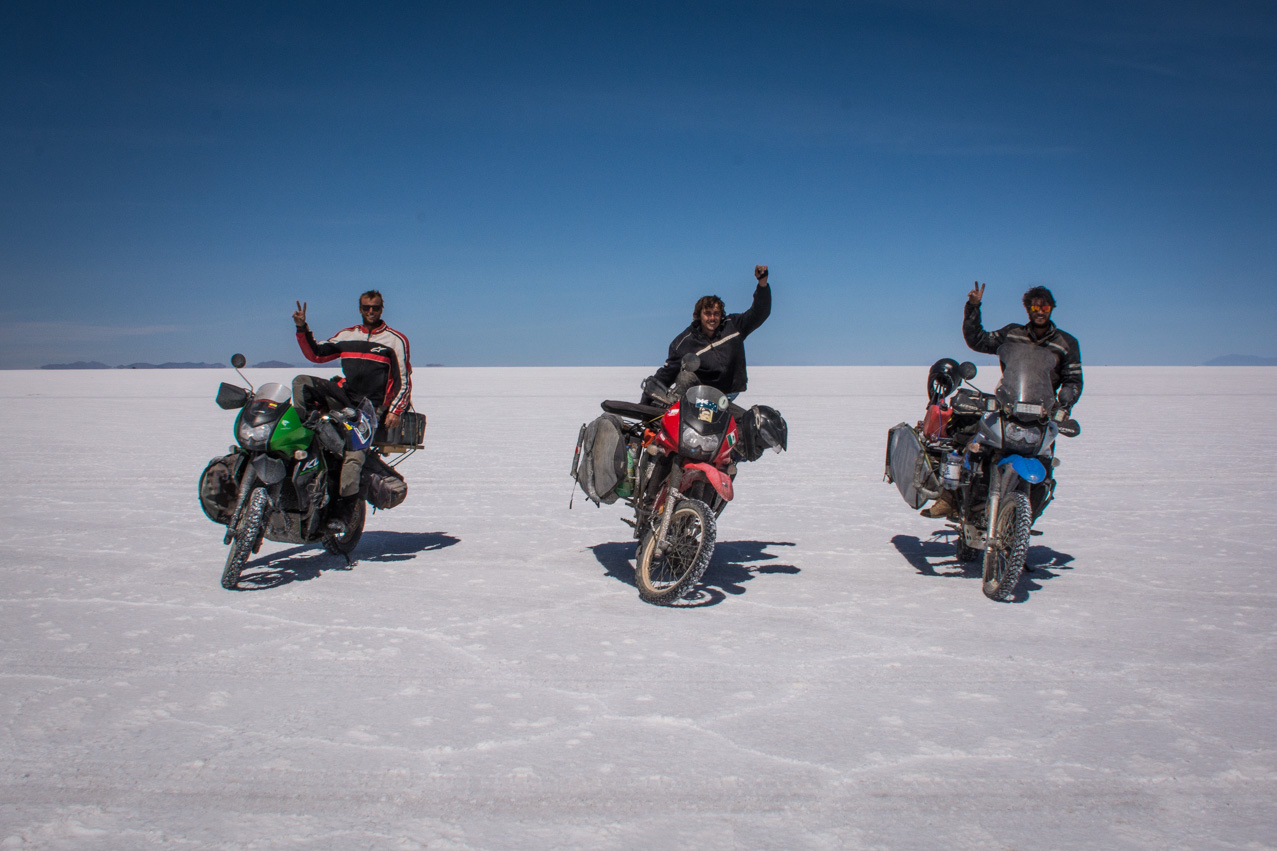
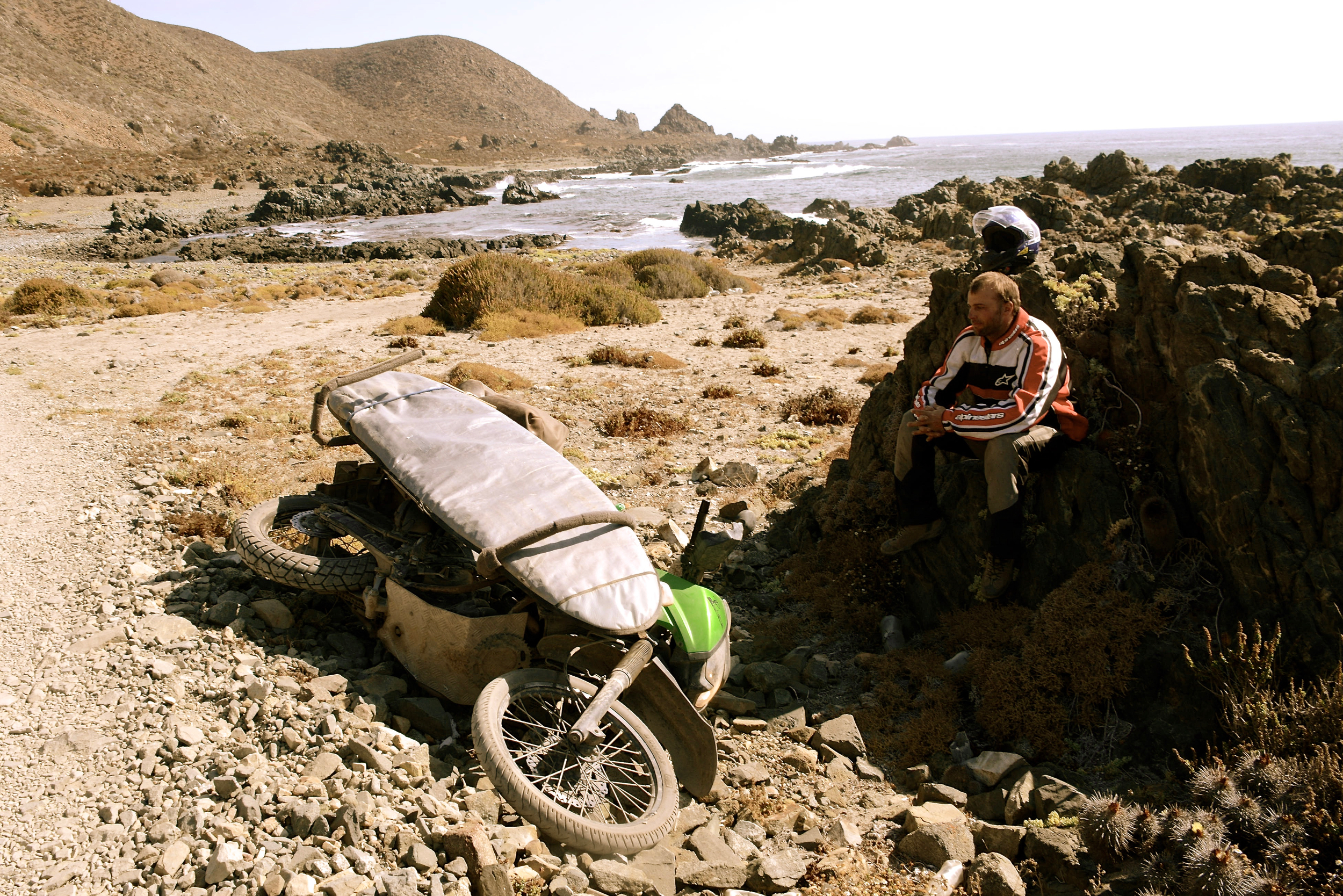
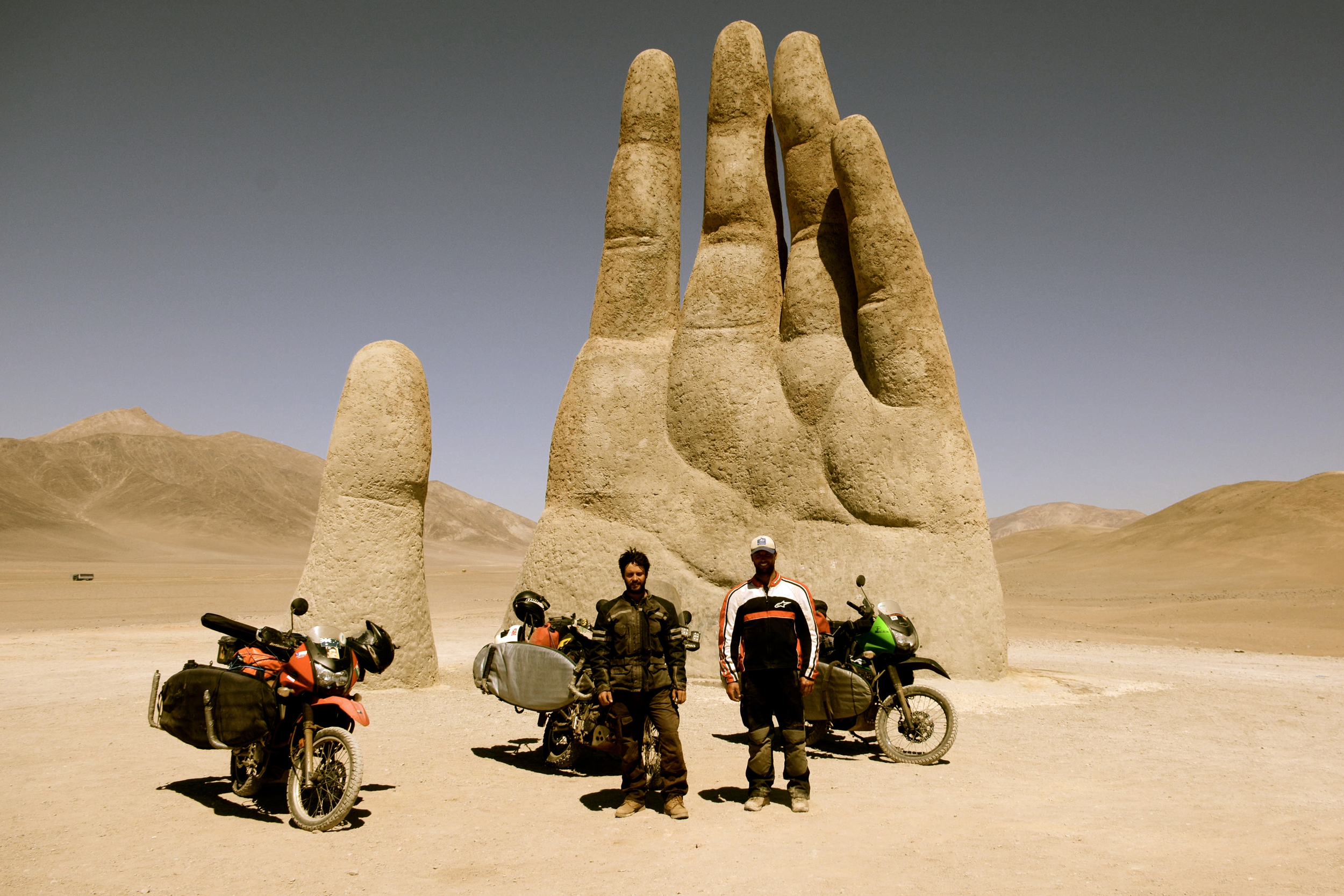
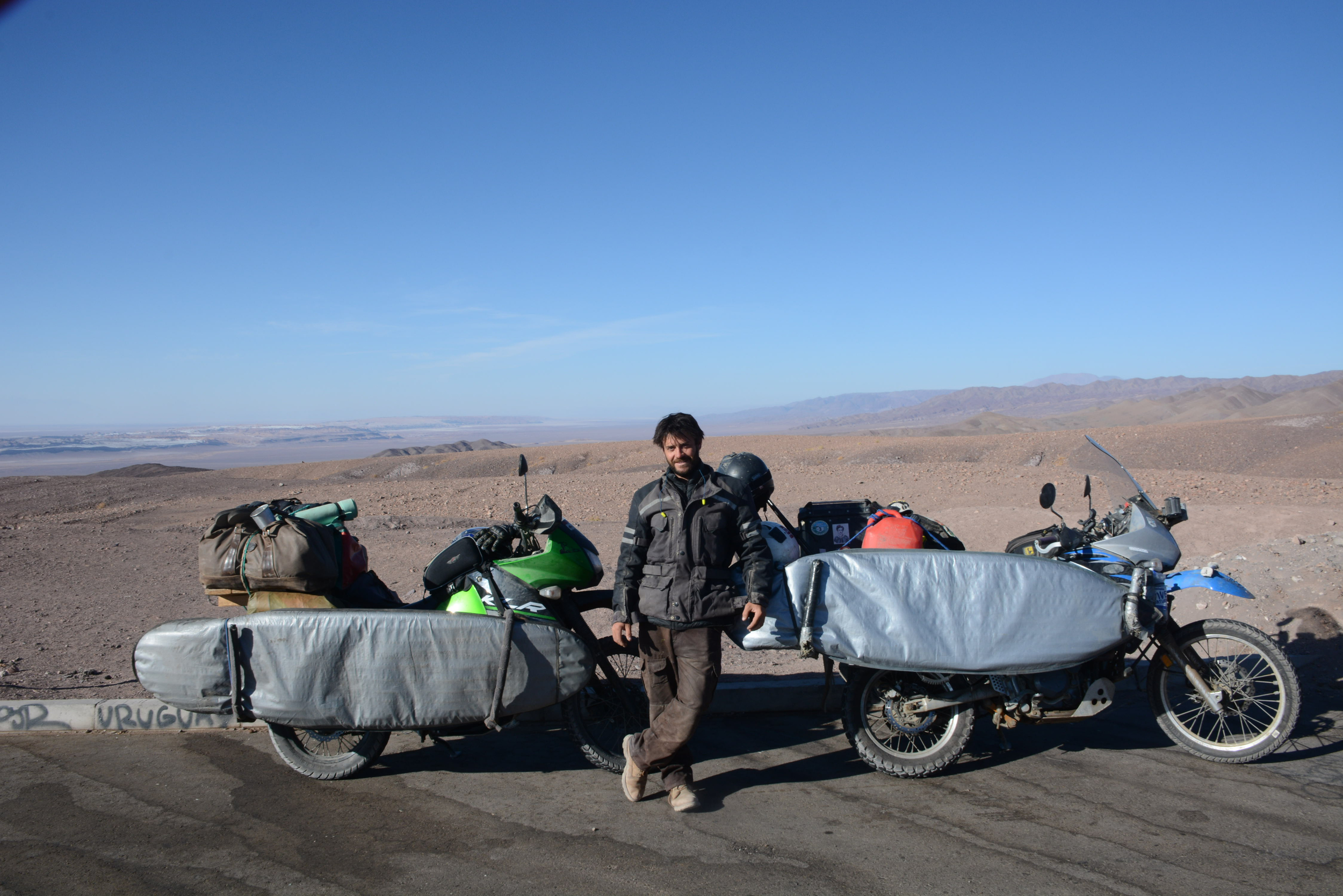
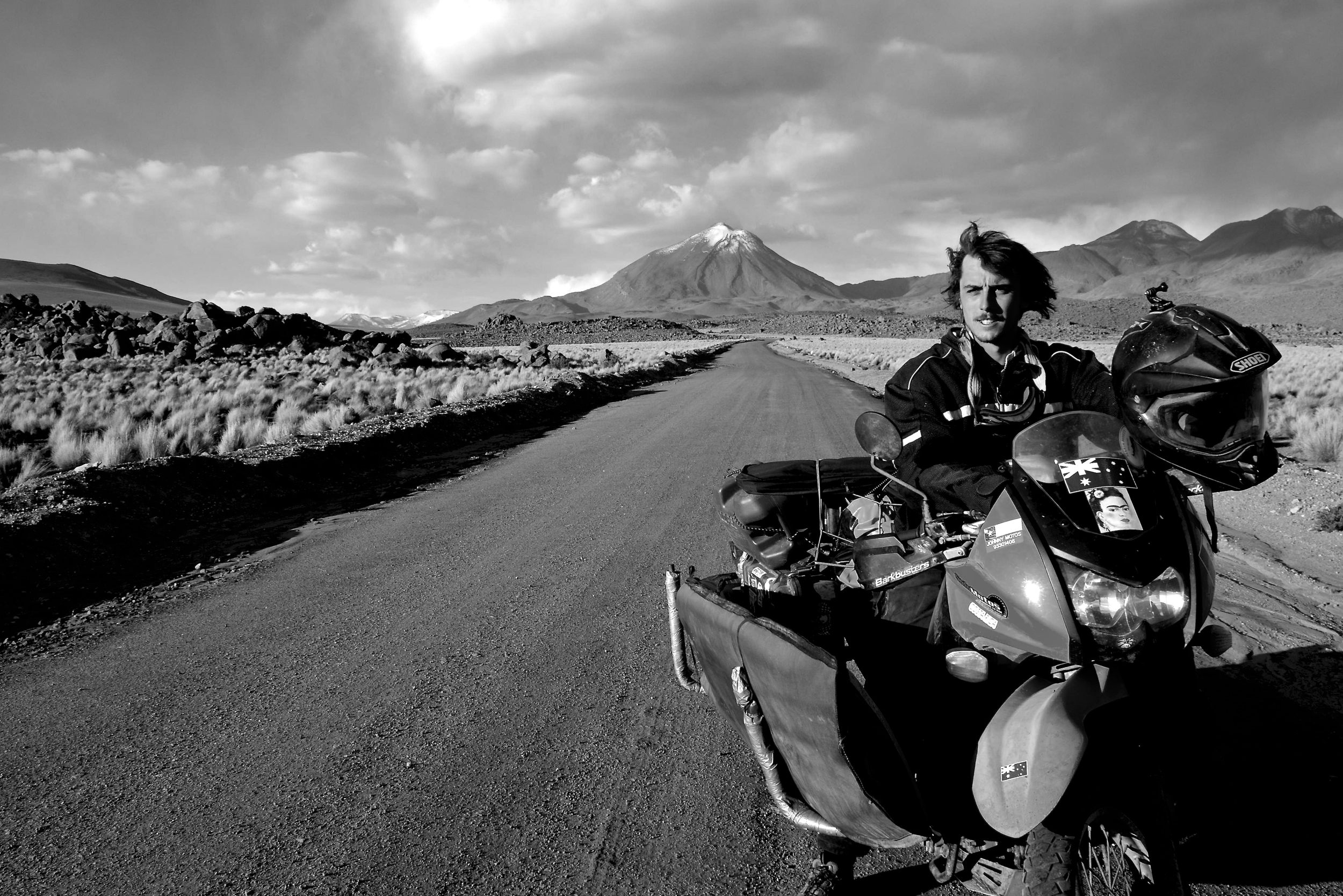
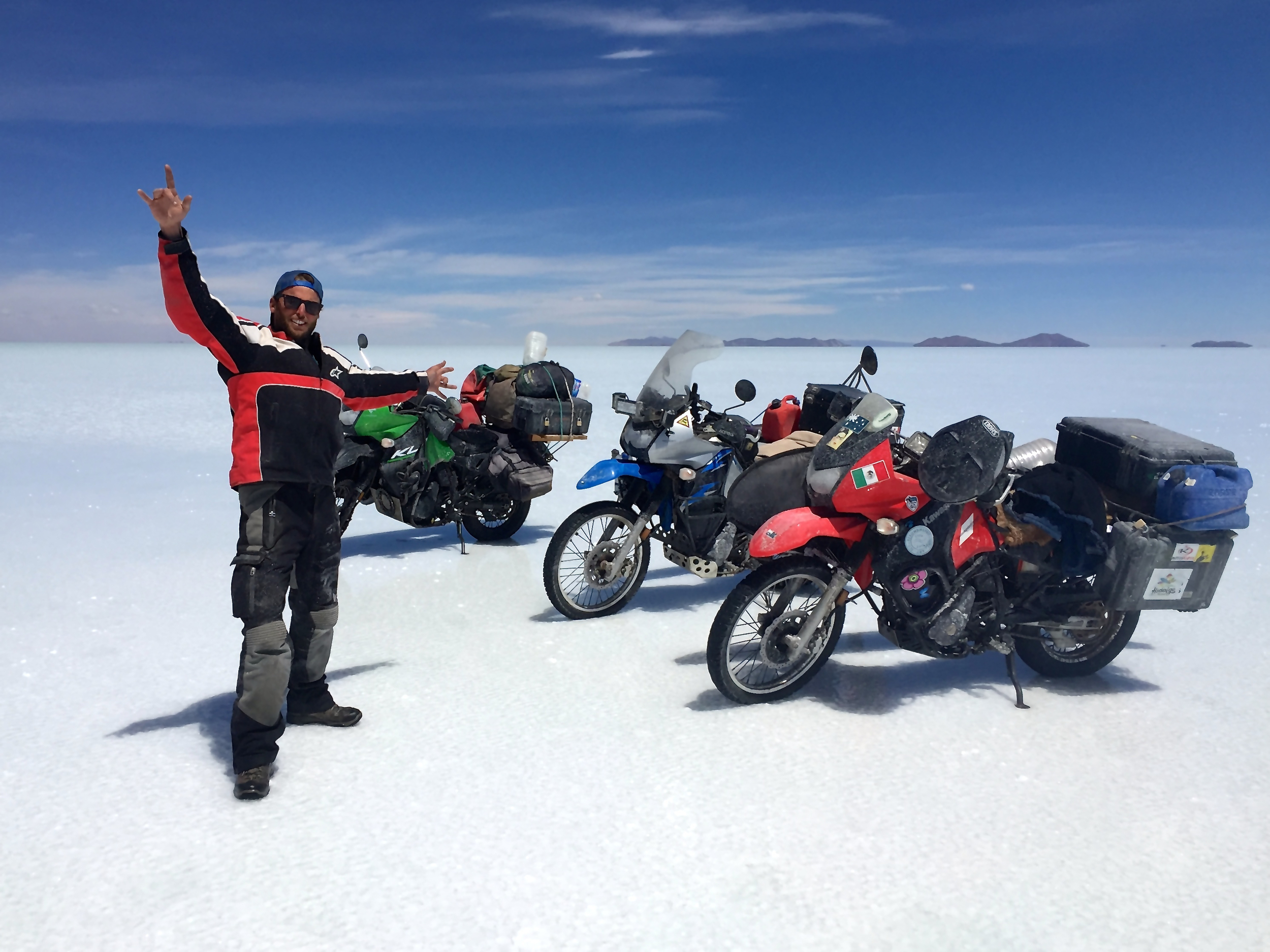

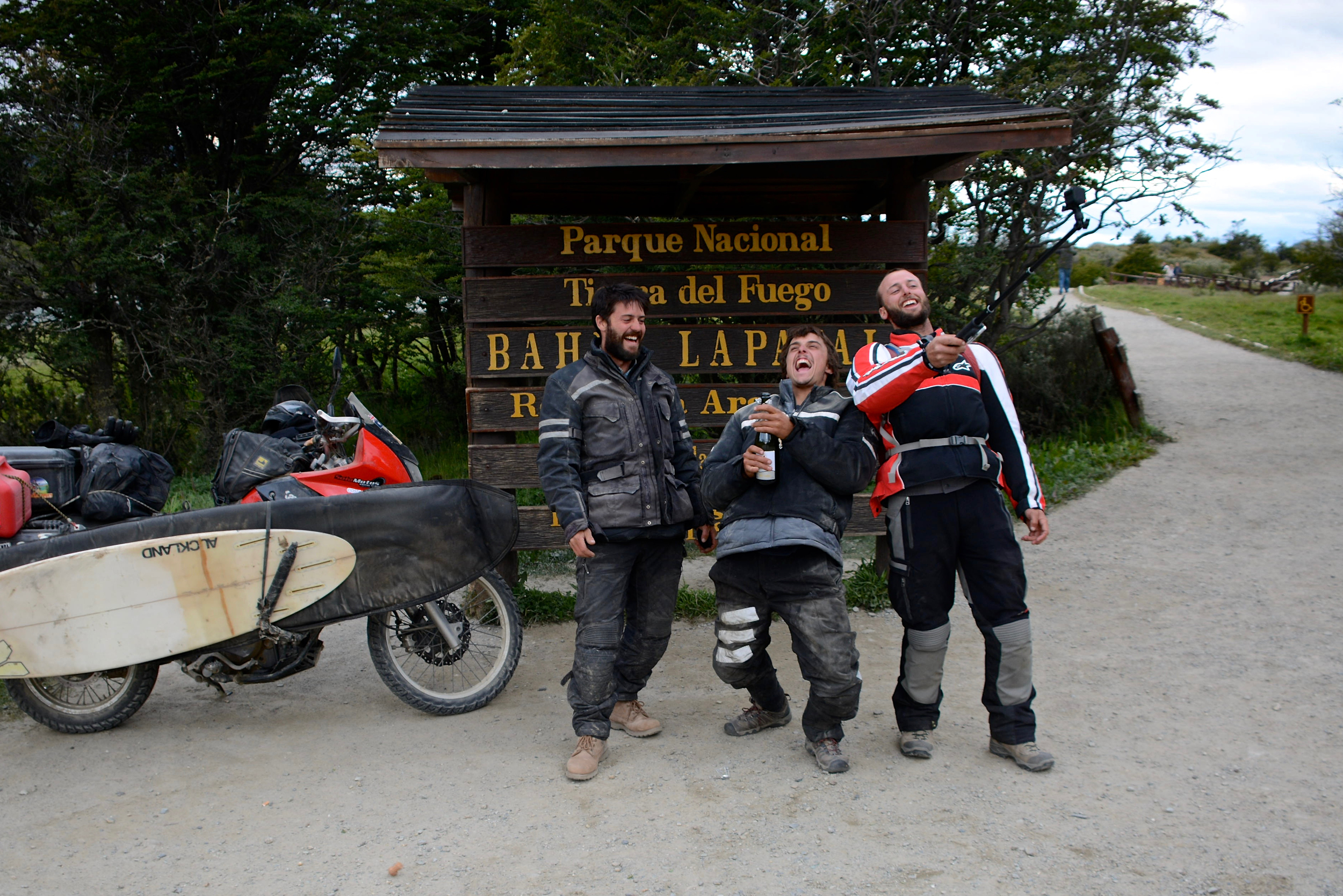
Surf Boards, Horses and Motorcycles
Sam Chisholm is a helicopter pilot from Australia that was feeling the itch to have an adventure. He came up with a plan to ride a motorcycle from Argentina to Alaska, and so he quit his job and flew to South America. His two friends joined him and he's now half way through their adventure. They're proving that what seems impossible can be possible, by learning as they go. They traded skills with a couple of other riders, surfing for horseback riding. And even though they didn't know how to ride a motorbike, or how to surf, let alone pitch a tent, they are learning as they go, and having a great time of it.
Rider Skills - Preparing for a Long Distance Motorcycle Trip
Due diligence before you do a trip and being prepared. A list of some of the things you may want to learn before you head off in to the wild.
Too often riders buy a motorcycle, GPS, travel kit and head out for their adventure without considering what could go wrong or the skills they are lacking. Riders will spend countless hours researching the perfect bike, tent or tires but will not even consider a first aid class beyond the one that tells them to call 911. Bikes and kit come and go but being armed with knowledge and skill is what you get to keep with you and can keep what could be a minor incident from turning into a tragedy.
1. Rider training
Preventing injury through skills
Preventing bike damage through more precise riding
Reducing fatigue with low energy riding techniques so you don’t make mistakes and are ready to deal with the unplanned
Advanced street training
2. Mechanical training
Preventive maintenance to reduce mechanical failure or a resulting accident
Roadside repairs
Flats
Broken chains
Bearing replacement
Seal replacements (forks)
Bent rim repair
Cracked engine case or leak repair
Submersion recovery (what to do if you bike goes swimming)
Bodywork repair
Stripped bolts or lost bolts/screw/nuts
3. Medical training
First aid
Mountaineering style training
i. Improvising
ii. Long term first aid
Building a personal or group aid kit
Knowing your medications for travel use (home remedies)
Exposure training or outdoor survival basics
4. Navigation
Knowing your GPS
i. Tracks vs routes
ii. Maps
iii. Common failures
Compass work
Map reading
5. Prevention
Bike selection and set up
Riding gear and clothing selection
What and how to research
Emergency communication
i. PLB’s and trackers
ii. Two way communication
iii. Cell and Sat phones
iv. Other
v. Situational awareness (vision and pattern recognition)
vi. Personal self defense
6. Recovery training (also needed for many international travels)
Bike recovery
i. Winching and leveraging
ii. Mud recovery
ii. Picking up bikes
iv. Towing
v. Loading and strapping
Website: pssor.com

